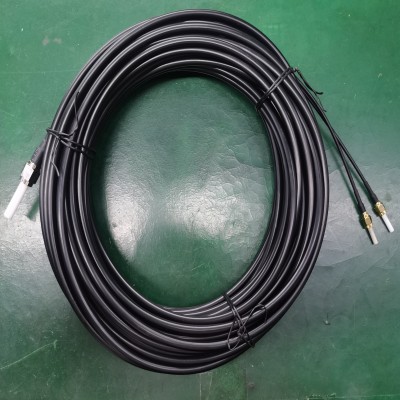



Our industrial-grade, pre-terminated fiber optic patch cables are designed for harsh environments and are factory-fitted with high-performance connectors (such as LC, SC, and M12). These cables undergo rigorous testing to ensure superior optical performance and reliability. Their core value lies in fast and worry-free installation, allowing users to simply plug and play, eliminating the tedious, expensive, and technically demanding on-site termination process. Their rugged armored housing and high-quality fiber offer exceptional resistance to vibration, strain, and corrosion, making them ideal connectivity solutions for high-speed, stable data transmission in industrial automation, control cabinets, machine vision, and PLC systems.
Manufacturing process features
1. Precision assembly process
Fiber stripping: remove the fiber coating and retain the bare fiber.
Cleaning and cutting: wipe the bare fiber with alcohol and prepare a flat end face with a fiber cleaver.
2. Crimping/fusion:
Crimp: insert the bare fiber into the connector ferrule and complete the connection by epoxy resin curing and grinding.
Fusion: use a fiber fusion splicer to fuse the bare fiber with the connector pigtail, which has lower loss, but requires professional equipment.
3. Grinding and polishing: use sandpaper or a grinder to grind the connector end face in multiple stages, and finally polish it to a mirror effect to ensure good optical contact.
4. Automation and standardization
High-end patch cord production uses automated equipment (such as automatic fiber stripping machines, grinders, and end face detectors) to ensure consistency.
Advantages
1. Plug and play, easy installation and maintenance
2. Support high bandwidth
3. Small size, saving wiring space
4. Anti-electromagnetic interference, suitable for harsh environments